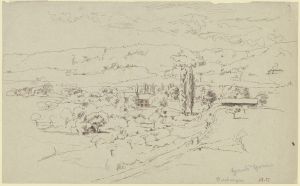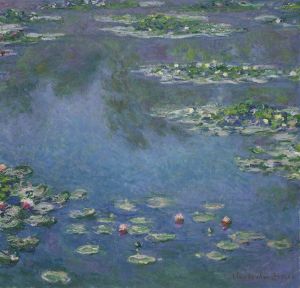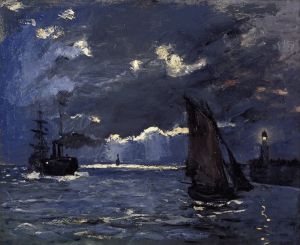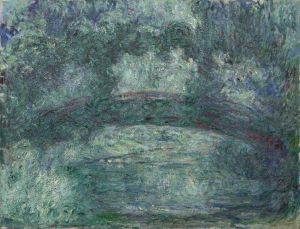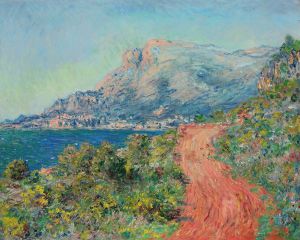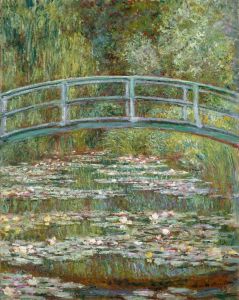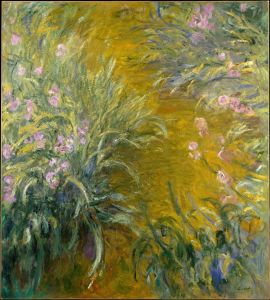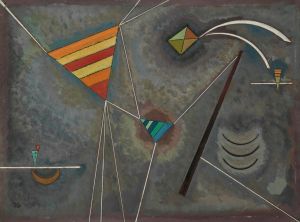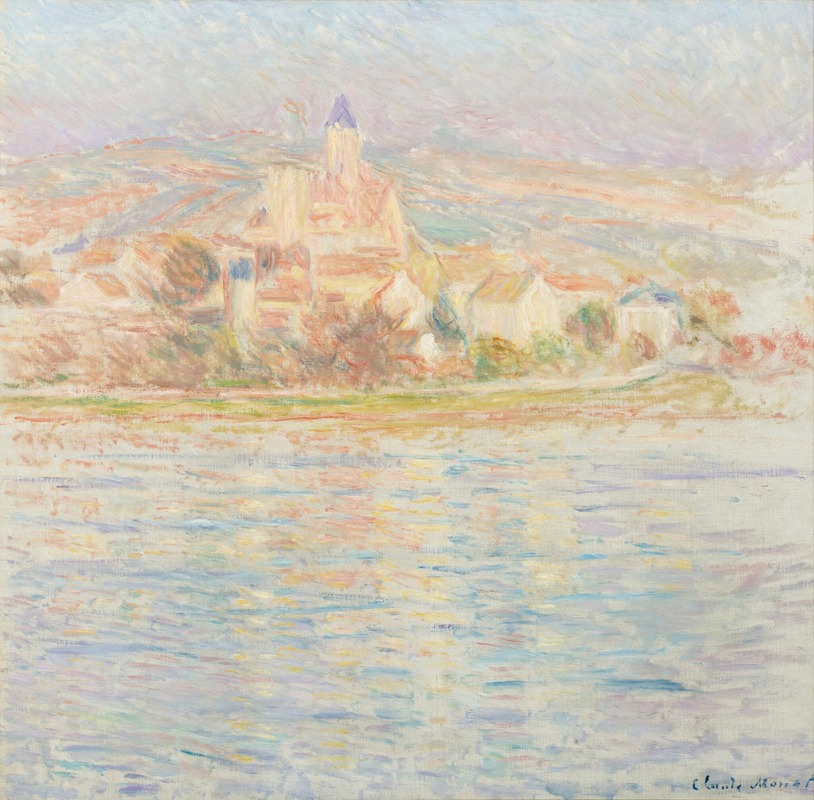
Vétheuil
A hand-painted replica of Claude Monet’s masterpiece Vétheuil, meticulously crafted by professional artists to capture the true essence of the original. Each piece is created with museum-quality canvas and rare mineral pigments, carefully painted by experienced artists with delicate brushstrokes and rich, layered colors to perfectly recreate the texture of the original artwork. Unlike machine-printed reproductions, this hand-painted version brings the painting to life, infused with the artist’s emotions and skill in every stroke. Whether for personal collection or home decoration, it instantly elevates the artistic atmosphere of any space.
Claude Monet, a leading figure in the Impressionist movement, painted "Vétheuil" during a pivotal period in his artistic career. This artwork is one of several that Monet created while living in the small village of Vétheuil, located along the Seine River in northern France. Monet moved to Vétheuil in 1878, and the village became a significant source of inspiration for him during his time there.
"Vétheuil" captures the serene beauty of the village and its surroundings, showcasing Monet's mastery in depicting light and atmosphere. The painting is characterized by its vibrant color palette and loose brushwork, which are hallmarks of the Impressionist style. Monet's use of color and light in "Vétheuil" reflects his interest in capturing the changing effects of natural light on the landscape, a central theme in his work.
During his time in Vétheuil, Monet faced personal challenges, including financial difficulties and the illness of his wife, Camille. Despite these hardships, he continued to paint prolifically, producing numerous works that explored the scenic beauty of the area. The village of Vétheuil, with its picturesque setting and the Seine River flowing nearby, provided Monet with a rich tapestry of subjects to explore.
Monet's paintings from this period often feature the village itself, the river, and the surrounding countryside. In "Vétheuil," Monet's focus is on the interplay of light and shadow, as well as the reflections on the water, which he rendered with a delicate touch. The painting exemplifies Monet's ability to convey the ephemeral qualities of nature, capturing a specific moment in time with remarkable sensitivity.
The composition of "Vétheuil" is carefully balanced, with the village and its church spire serving as focal points against the backdrop of the river and sky. Monet's brushwork is fluid and expressive, allowing him to convey the movement of water and the shimmering effects of light. This approach creates a sense of immediacy and spontaneity, inviting viewers to experience the scene as if they were standing alongside the artist.
Monet's work in Vétheuil marked a transition in his artistic development, as he began to move away from the more structured compositions of his earlier works towards a freer, more experimental approach. This period laid the groundwork for his later series paintings, such as the famous "Water Lilies" and "Haystacks," where he continued to explore the effects of light and atmosphere.
"Vétheuil" is a testament to Monet's enduring fascination with nature and his ability to capture its beauty with unparalleled skill. The painting remains an important example of Impressionism, illustrating the movement's emphasis on capturing the fleeting moments of everyday life through innovative techniques and a fresh perspective. Monet's work from Vétheuil continues to be celebrated for its contribution to the development of modern art and its enduring appeal to audiences worldwide.







